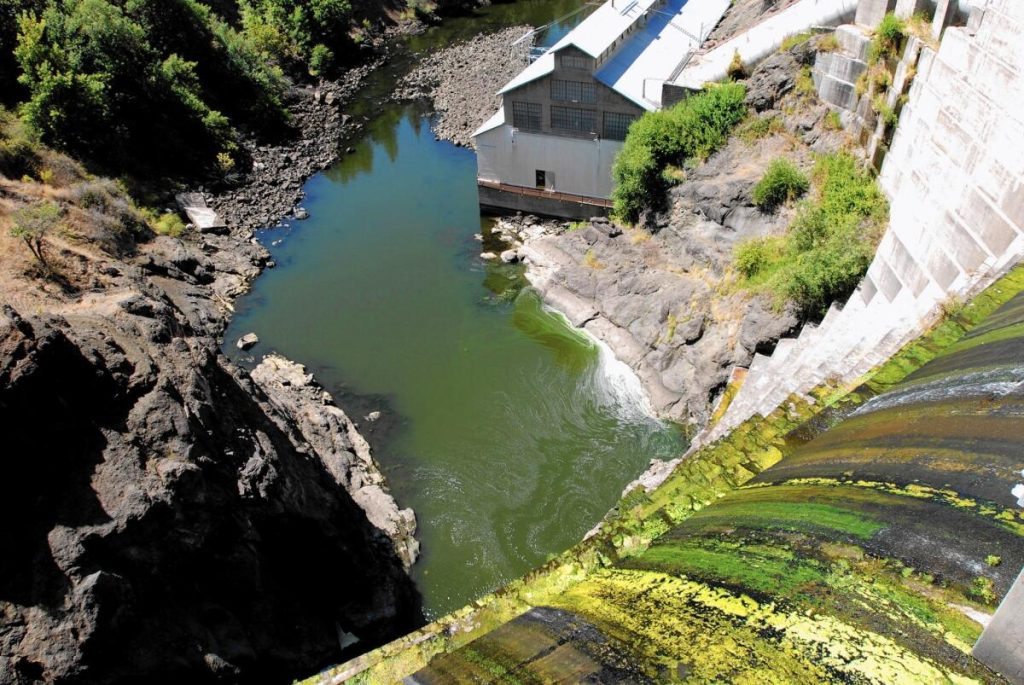The Klamath River, winding its way near the California-Oregon border, has long been a testament to the intricate dance between human intervention and natural resilience. For over a century, towering dams have imposed their concrete presence upon its waters, altering the landscape and disrupting the delicate equilibrium of ecosystems nurtured by its flow. Yet, as the sun sets on an era defined by the dominance of these structures, a new dawn emerges—one of restoration, renewal, and reconnection with the river’s ancient rhythms.
A Journey of Healing: As the Klamath’s reservoirs are drained and the sediment-laden water courses freely through the ancient channel, a profound transformation unfolds before our eyes. Amidst the cracked mud and scattered seeds, a sense of hope takes root—a hope nurtured by years of advocacy, resilience, and unwavering determination. Leaf Hillman, a member of the Karuk Tribe, stands witness to this metamorphosis, his spirit buoyed by the sight of a river reclaiming its rightful path.
Undoing the Legacy of Dams: The removal of these dams heralds not only the dismantling of concrete barriers but the restoration of ecosystems long suppressed beneath their shadow. For Indigenous activists like Hillman, this endeavor represents more than just the cessation of concrete; it embodies a reclaiming of sovereignty, culture, and tradition. As the sediment-laden waters cleanse the river of accumulated detritus, a sense of renewal permeates the landscape, offering a glimpse of the vibrant ecosystem poised to emerge from the ashes of destruction.
Seeds of Change: Amidst the mud and sediment, a quiet revolution takes root—a revolution fueled by the humble seed and the promise of regeneration. With meticulous care, tribal members and environmentalists scatter native seeds across denuded lands, laying the groundwork for a verdant tapestry of grasses, shrubs, and trees. From the ashes of ecological devastation, a new ecosystem arises, guided by the wisdom of millennia-old traditions and the ingenuity of modern restoration practices.
Navigating Challenges, Embracing Opportunities: Yet, the path to restoration is not without its challenges. From concerns over water quality to the delicate balance of reintroducing native fish species, each step forward is met with both anticipation and apprehension. Nevertheless, the resolve of those dedicated to the river’s revitalization remains unshaken, buoyed by the knowledge that the journey toward ecological recovery is a marathon, not a sprint.
A Beacon of Hope: As the Klamath River embarks on this journey of restoration, it serves as a beacon of hope for ecosystems far beyond its banks. From the undulating currents of the Eel River to the meandering tributaries of the Sacramento, the lessons learned from the Klamath’s restoration resonate across watersheds, inspiring communities to reimagine their relationship with the rivers that sustain them.
As the final remnants of concrete crumble and fall, a new chapter in the Klamath’s story unfolds—one defined by resilience, regeneration, and reverence for the natural world. For Hillman and countless others, this moment represents not just the culmination of a decades-long struggle but the beginning of a new era of coexistence with the river that has shaped their lives for generations. As they stand on the precipice of a restored watershed, they do so with hope in their hearts and a vision of a future where the Klamath flows freely, unhindered by the scars of the past.
The story of the Klamath River is not just one of destruction and loss but of resilience and renewal—a testament to the power of collective action and the enduring spirit of those who call its banks home. As the river winds its way through the landscape, it carries with it the promise of a brighter tomorrow—a tomorrow where humans and nature walk hand in hand, bound by a shared commitment to stewardship and sustainability.
